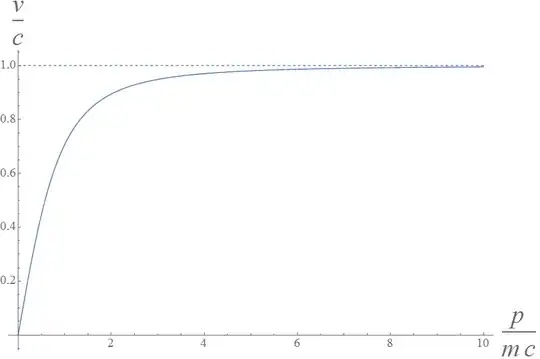Neutrinos have mass, and only interact with gravitional and weak force, what make it very difficult to detect.
Neutrinos is known to travel very closer to speed of light and have very small mass altought neither have a precise measure.
Particles with no mass like photons and gluons (altought there is no free gluon) must travel at speed of light (vacuum).
Particles that have mass must travel in any velocity lower than speed of light.
Dark matter can have hot particles (near speed of light) and cold particles (non relativistic velocity).
My questions are:
Does neutrinos have always the same velocity?
Is it possible to have neutrinos travelling with non-relativistic speeds?
Why only referred neutrinos as possible hot dark matter and not to cold dark matter?
